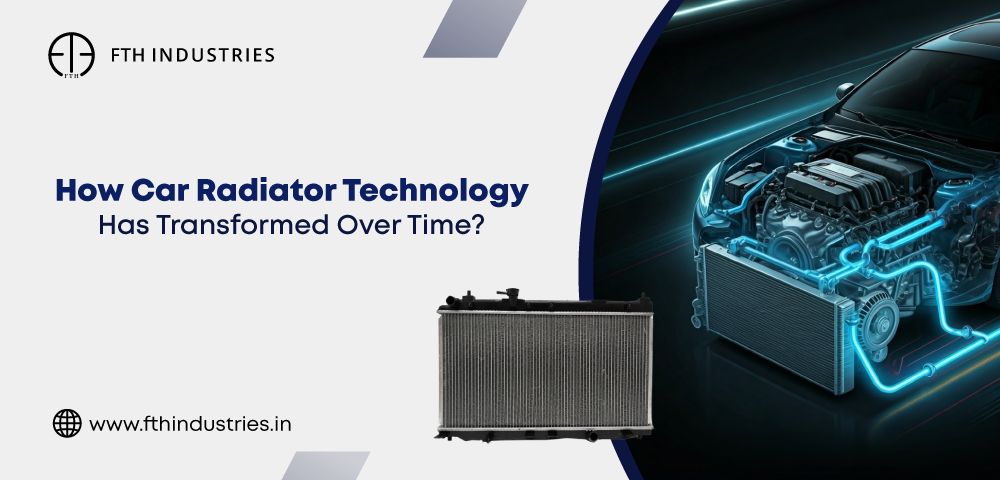How Car Radiator Technology Has Evolved Throughout the Years?

Since the inception of the automobile industry, it has seen a large number of inventions. One of them is the car radiator. The car radiator technology has gone through various evolutions before reaching its current form. From materials to cooling technology, it has truly become one of the most significant evolutions in the industry.
In this blog, we are going to go through how car radiator technology has evolved throughout the years. Before you visit a car radiator manufacturer, go through this blog to learn more about them so you can make an informed decision before buying one.
Early Designs
Radiators were originally designed with copper and brass cores because of their good heat conduction properties. Copper and brass were heavy and also expensive. Radiators used to be large and bulky with manual fan systems, which reduced cooling efficiency at low speeds. They also had a shorter lifespan because they were prone to corrosion.
Aluminium Radiators
One of the major breakthroughs in radiator technology was the shift to aluminium cores with plastic tanks. It reduced the weight of the radiator significantly while also improving the fuel economy. Aluminium alloys with protective coating also improved the durability of radiators. Lastly, it also made the radiators more cost-efficient for radiator manufacturer because the cost of aluminium was not very high.
Integration of Cooling Fans
Older radiators used engine-driven mechanical fans to maintain temperature, but that consumed more power and did not operate efficiently at lower speeds. Modern vehicles are equipped with electric cooling fans with variable speed control. The power consumption is reduced as the fan speed changes based on engine temperature.
Advanced Materials
New materials and coatings are also used to extend the lifespan of radiators. Hydrophobic coatings prevent water and dirt buildup, nano coatings improve corrosion resistance, and high-performance sealants improve the durability of the tank and core.
Dual-Pass and Multi-Flow Designs
To improve cooling performance, radiator designs were further enhanced. Dual-pass radiators were designed in such a way that the coolant flows through the radiator core twice, which increases the heat dissipation while keeping the radiator size the same. In multi-flow radiators, the coolant passes through multiple parallel channels, which improves the flow distribution and reduces the pressure drop.
Conclusion
As you can see, car radiators have become more efficient and powerful throughout the years. If you are looking to replace your car radiator, you can contact FTH Industries. We make radiators that cater to the unique needs of different vehicles.




